In the pursuit of maximizing energy efficiency within residential and commercial buildings, the role of "windows double glazed" has become increasingly significant. Research indicates that traditional single-pane windows can lead to up to 40% of a building's heat loss, resulting in escalated energy consumption and costs. According to the U.S. Department of Energy, upgrading to double-glazed windows can reduce heat loss by as much as 50%, substantially improving thermal insulation and energy performance. This shift not only contributes to lower heating and cooling expenses, but also aligns with global sustainability goals by reducing greenhouse gas emissions. As the building sector gradually adopts more energy-efficient technologies, the implementation of windows double glazed stands out as a critical strategy for enhancing energy conservation efforts and achieving long-term environmental benefits.
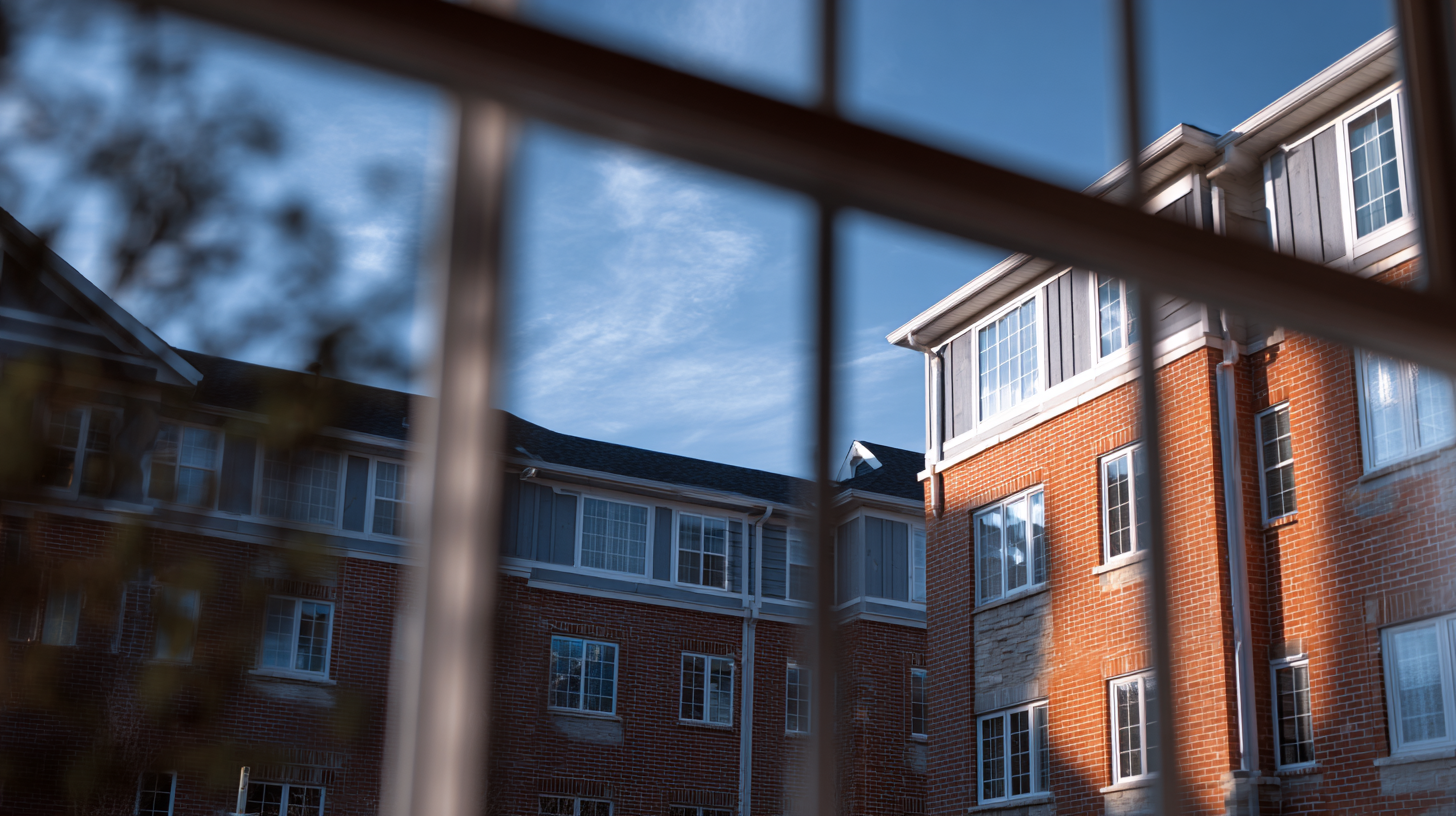
Double glazing is a key technology in modern window design, significantly enhancing energy efficiency by effectively reducing heat loss. According to a report by the Department of Energy, up to 50% of a home’s heat can escape through standard single-glazed windows. Double-glazed windows consist of two panes of glass separated by a spacer filled with inert gas, such as argon or krypton. This setup creates an insulating barrier that minimizes heat transfer, thus maintaining a stable indoor temperature and reducing reliance on heating systems.
The science behind heat loss reduction is deeply rooted in thermodynamics. Air contains natural insulating properties, but the gases used in double glazing are specifically chosen for their low thermal conductivity. Research from the Glass and Glazing Federation indicates that homes with double-glazed windows can save an average of £110 annually on energy bills, equating to a collective carbon reduction of 1.5 million tonnes in the UK alone. These statistics underscore the substantial impact of well-designed windows on energy consumption and environmental sustainability, making double glazing an essential consideration for homeowners looking to enhance energy efficiency.
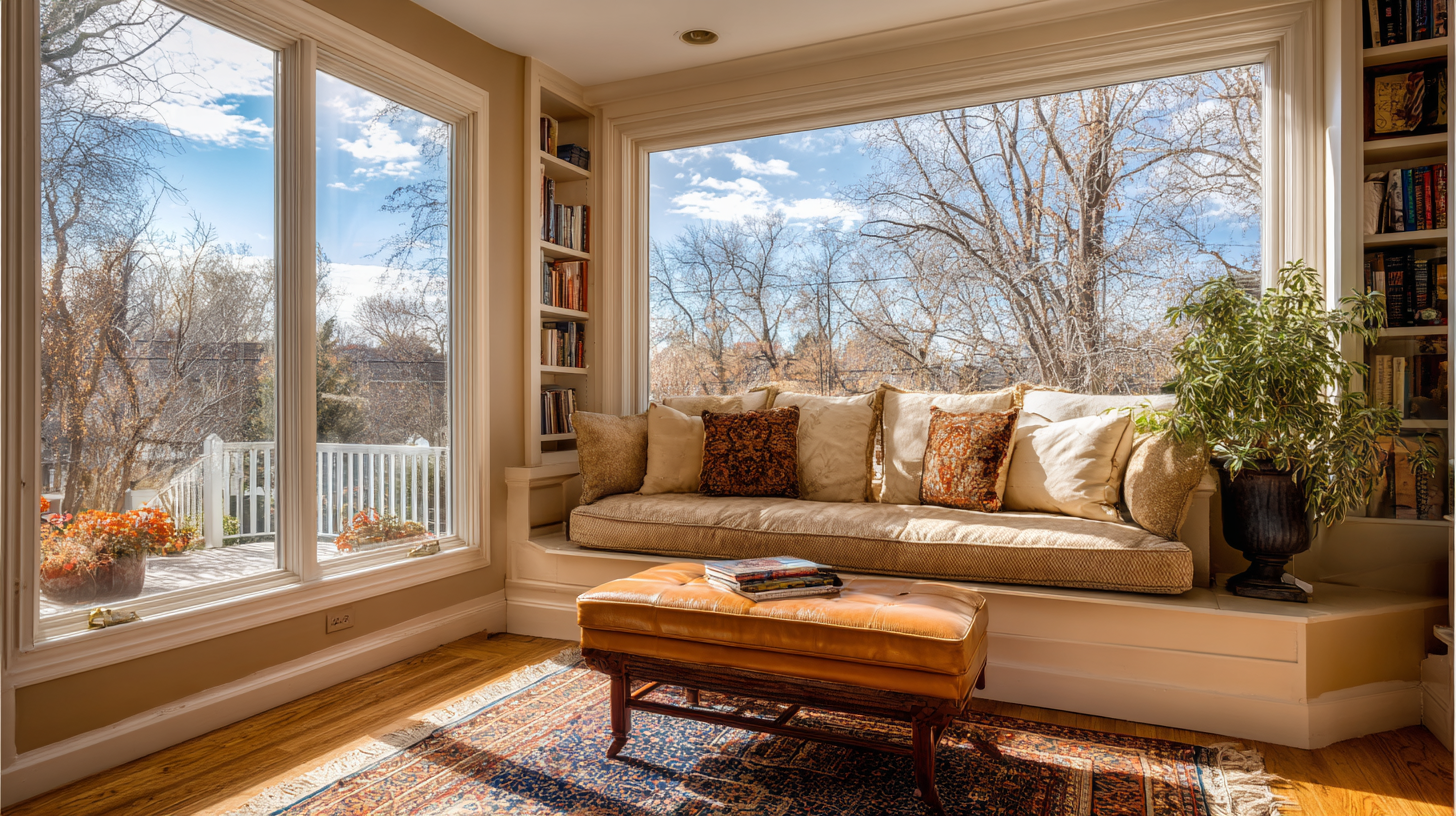
When it comes to energy efficiency in homes, the choice between double glazed and single glazed windows can have a significant impact on heating costs and overall comfort. According to a report by the Energy Saving Trust, double glazed windows can reduce heat loss by up to 50% compared to their single glazed counterparts. This substantial reduction is primarily due to the air layer trapped between the two panes, which acts as an effective insulator, minimizing the transfer of heat.
Furthermore, a study from the National Renewable Energy Laboratory highlights that homes equipped with double glazed windows can achieve annual energy savings of around $100 to $300, depending on the climate zone and existing heating systems. In regions with colder winters, the benefits are even more pronounced, as homeowners can maintain a warmer indoor environment while reducing reliance on heating systems. This not only leads to cost savings but also lowers carbon emissions associated with heating, making double glazed windows a responsible choice for environmentally conscious homeowners.
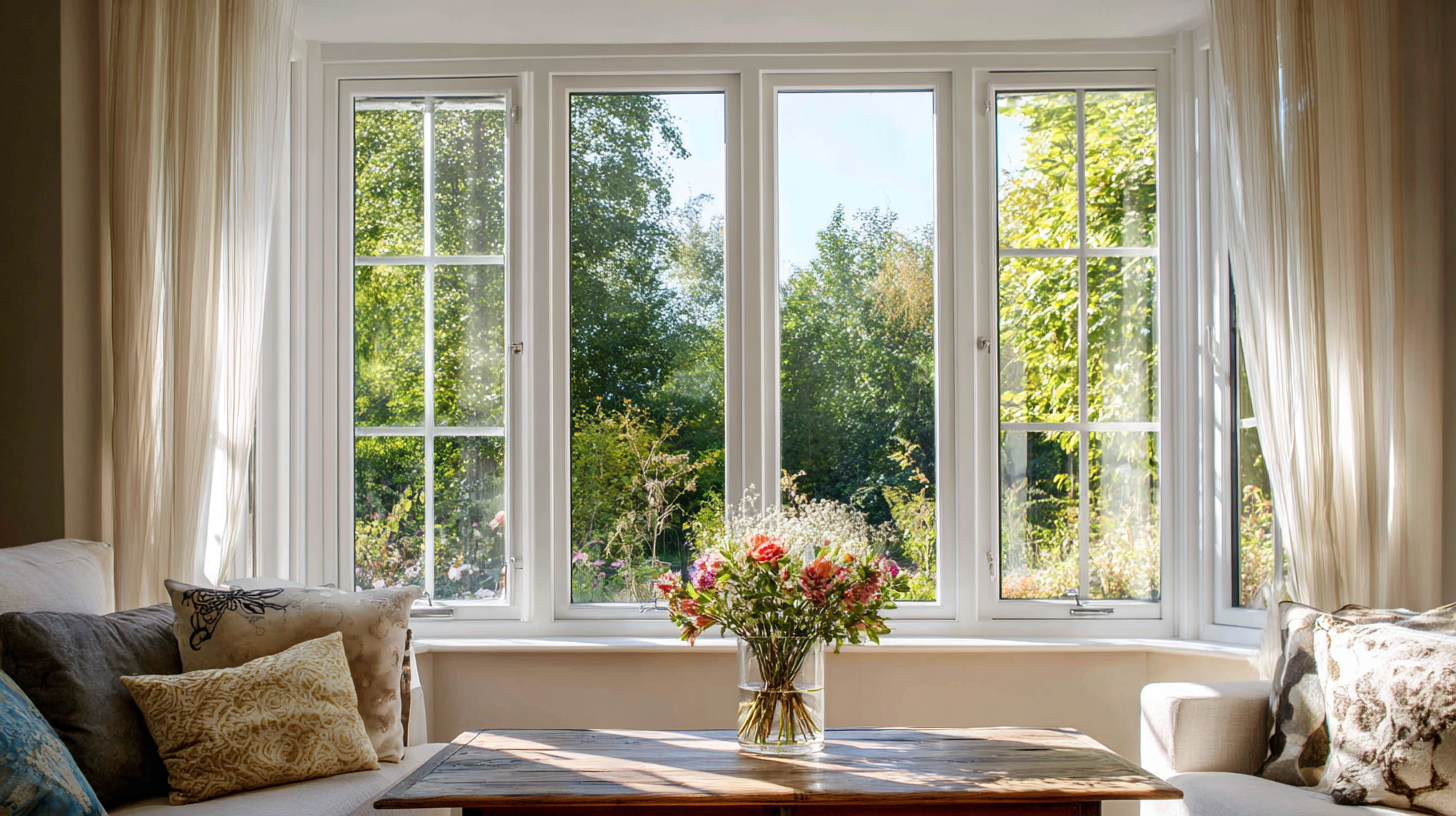
Double glazed windows are renowned for their exceptional thermal performance, primarily attributed to the use of argon gas and low-emissivity (Low-E) coatings. Argon gas, an inert and non-toxic gas, is commonly used to fill the space between the two glass panes. Studies reveal that argon can reduce heat transfer by up to 34% more than regular air, significantly enhancing the insulation properties of double glazed units. This remarkable feature ensures that homes maintain comfortable temperatures, minimizing the reliance on heating systems during cold months and subsequently lowering energy costs.
On the other hand, Low-E coatings further elevate the thermal efficiency of double glazed windows. These microscopically thin, transparent coatings reflect infrared energy while allowing visible light to pass through. Data from the National Fenestration Rating Council (NFRC) indicates that windows with Low-E coatings can achieve U-values as low as 0.20, substantially decreasing heat loss. By incorporating these technologies, homeowners can realize energy savings of up to 50% compared to traditional single-pane windows. This combination of argon gas and Low-E coatings not only enhances comfort but also contributes to a more sustainable and energy-efficient living environment.
| Feature | Double Glazed Unit | Thermal Performance Impact (%) |
|---|---|---|
| Argon Gas Filling | Yes | 30% |
| Low-E Coatings | Yes | 20% |
| Double Glazed Thickness | Low (12mm) | 10% |
| Double Glazed Thickness | Medium (18mm) | 15% |
| Double Glazed Thickness | High (24mm) | 20% |
When considering energy efficiency for your home, choosing the right windows is crucial. Double-glazed windows can significantly reduce heat loss, with some estimates suggesting up to a 50% improvement. However, energy efficiency ratings can vary widely, making it essential to understand what to look for when selecting windows. Look for windows with a low U-value, which indicates better insulation properties. Additionally, consider the Solar Heat Gain Coefficient (SHGC): a lower SHGC means less heat from the sun enters your home, helping maintain a comfortable indoor temperature during the summer months.
Tips for selecting energy-efficient windows include examining the ENERGY STAR rating, which indicates products that meet strict guidelines for energy efficiency set by the U.S. Environmental Protection Agency. Take note of the frame materials as well; vinyl, fiberglass, and wood are known for their insulating properties. Lastly, don’t overlook the importance of proper installation; even the best windows can underperform if they are not installed correctly. Investing time in researching and selecting the right windows will pay off in long-term energy savings and increased comfort in your home.
The chart above illustrates the significant difference in heat loss between single glazed and double glazed windows. Double glazed windows can reduce heat loss by up to 50%, making them a superior choice for energy efficiency in homes.
Double glazed windows have become an essential feature for homeowners looking to enhance energy efficiency while reducing their heating bills. According to a report by the Department of Energy, homes with double glazed windows can decrease heat loss by up to 50% compared to single-glazed counterparts. This significant reduction in heat transfer not only promotes a more comfortable living environment, especially during colder months, but also lessens the demand on heating systems, leading to lower energy consumption.
From a cost-benefit perspective, the initial investment in double glazing can yield substantial long-term savings. The U.S. Environmental Protection Agency estimates that homeowners can save between $100 to $500 per year on energy bills, depending on local energy prices and climate conditions. Furthermore, the typical return on investment for double glazed windows is around 70%, making it a financially wise upgrade. With energy efficiency becoming increasingly important in sustainable living practices, the long-term benefits of installing double glazed windows extend beyond mere financial gains, contributing positively to environmental conservation efforts as well.
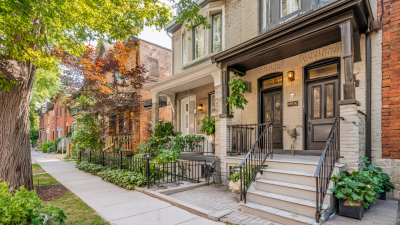

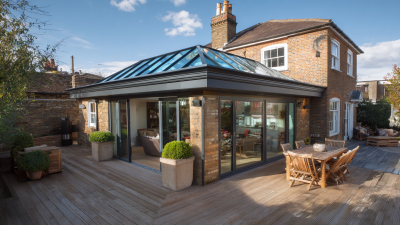



Leave your projects details, and one of our team will reach out to answer any questions you may have